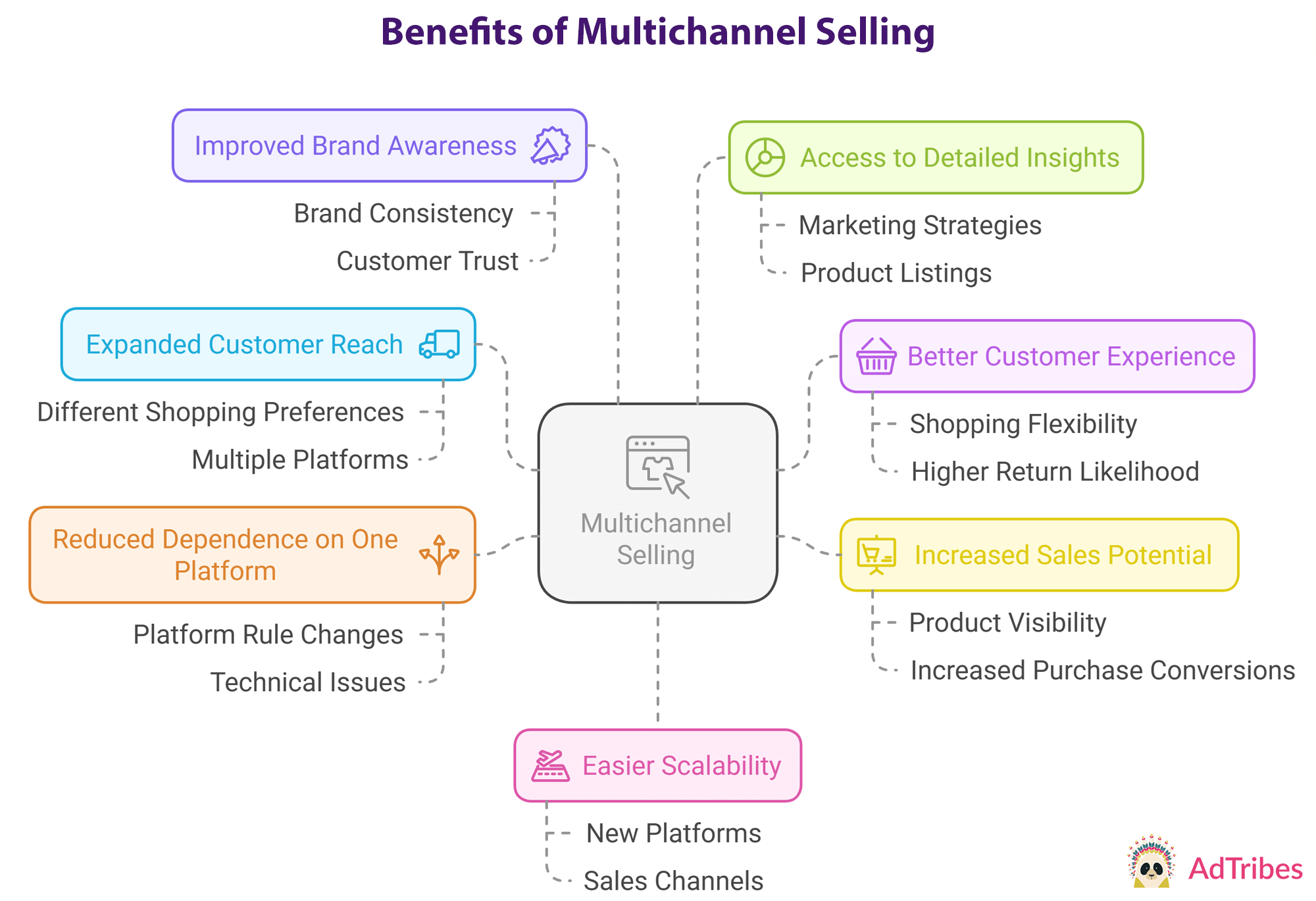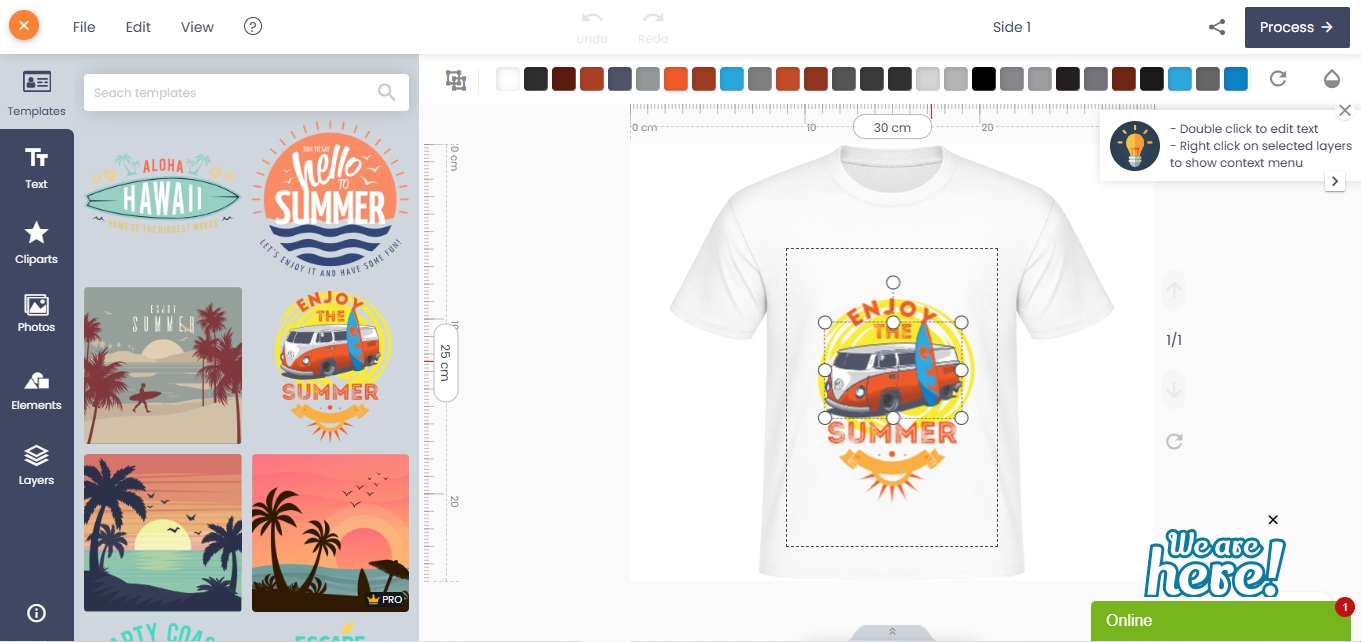Guide to Build a Customer Loyalty CRM
A customer loyalty program is a way to reward customers with special offers such as discounts, gifts, deals...It is effective to drive customer retention, boost customer sales, and create customer loyalty. Here is a way to build a customer loyalty program
- By
- 1962 views
- 1 reply
TABLE OF CONTENTS
"I Knew My Store Could Do Better...
But I Didn't Know How"
That's what one of our clients, Jessica, told us. She was running a small mug store on WooCommerce—sales were okay, but stuck.
Until she discovered personalization.
Until she discovered Cmsmart.
Fast-forward 30 days:
- ✅ Her store was redesigned with AI product options
- ✅ Customers could design their own mugs with 3D preview
- ✅ AOV jumped by 42% — and she finally felt in control
Want to learn how she did it (and how you can too)?
🎓 Join our FREE 30-Day Email Course:
"Personalize, Launch & Scale – The Smart Ecommerce Way"
You'll get:
- ✔ 1 lesson a day, straight to your inbox
- ✔ Real store examples, demos & playbooks
- ✔ No tech jargon. Just strategy that works.
Join thousands of store owners learning how to scale smarter.
🎉 You're In! Thank You!
We've received your information and you're now part of our smart ecommerce journey.
Please check your inbox – your first email from the 30-Day Course is on its way!
📩 Didn't see it? Check your spam or promotions tab and mark us as safe.
We're excited to help you personalize, launch, and scale your store – the smart way.
TABLE OF CONTENTS
Related Post
Imagine a world where your products are just a click away for customers, regardless of where they choose to shop. According to a recent report by Statista, a staggering...
Understanding Your Target Audience Who Is This Tutorial For? Whether you’re a custom bag entrepreneur, a merchandising manager, or a WooCommerce developer setting up stores for your clients, this guide is...
What Is All-Over Printing? All-over printing (AOV) refers to a method of printing where the entire surface of a garment is customizable—from seam to seam. Unlike traditional placements (like chest...
Other Usefull Contents
You can see many success stories from our customers, and you may be one of them in the future












Customer loyalty is not easily created. Customers are loyal when the company can fulfill them best. Don’t care about a positive history with your brand, if a competitor puts a better offer on the table then the customer is going to take it. Here is a way to build a customer loyalty program. But first you should read Everything You Need To Know About Types Of Customer Loyalty Programs
1. Choose a great name.
The first step to build a customer loyalty program is choosing a great name. This name needs to incite curiosity and interest to urge customers to participate, and it needs to be distinguished from the other customer loyalty programs they are already a part of. It needs to make customers feel excited to be a part of it. Making customers curious to learn more and join. You should choose clever, unique names but don’t give them away. For example Sephora's Beauty INSIDER program and vegan supplement brand Vega's Rad(ish) Rewards
2. Create a deeper meaning.
Customers often suspect loyalty programs and think this is just a trick to make money for businesses. Even if the purpose of the program is to increase sales for your company, you need to create value for the program, making your customers feel excited about it. Tap into your loyalty program to add value to it. For example, Amazon does not reward points by super discounts or free shipping. Amazon offers its members a ton of other convenient rewards — like free TV show and movie streaming. You can read Reward Point System: Why Should Your Business Have It? to create a deeper meaning.
3. Reward a variety of customer actions.
Another way to reward your loyal customer without purchases. Reward other customer actions. Customers sharing social media content, subscribing to your blog, engaging in your mobile app are still valuable signs that a customer is engaging with your brand and they may join a customer loyalty program. Let customers earn more points for lots of different actions each week like reading and replying to a blog post or interact on a Facebook post - with more points earned for higher-effort actions on their part, that they can turn in for the rewards they want.
4. Offer a variety of rewards.
Another way to reward your loyal customers is to offer different rewards. They could turn points into free tickets to events and entertainment, donate money to the charity… Some companies do a fantastic job of this customer loyalty program. Riders can round up to the next dollar of the cost of their ride and donate the change to the charitable organization of their choice — making it easy and rewarding for them to make an impact while using their service as they normally do.
5. Make "points" valuable.
If you are asking customers to enroll in your customer loyalty program, make the points worth. Like Inbound marketing, if you are asking more money from customers, you need to offer value in return to make sure they feel happy. For example
For example, your loyalty program will refund when a certain number of points is reached, you must provide information about the amount and the number of points for the buyer to try to complete by continuing to purchase from you.
Credit cards do an excellent job of this by illuminating dollar-for-dollar how points can be used — just watch any commercial offering points in exchange for dollars, airline miles, groceries, or gas.
6. Structure non-monetary benefits around your customers' values.
Values are important to customers — in fact, two-thirds of customers are more willing to spend money with brands that take stances on social and political issues they care about.
So make sure you tap into those values as part of your rewards program, too.
TOMS Shoes donate a pair of shoes to a child in need for every purchase their customers make. Knowing that providing resources to the developing world is important to their customers, TOMS takes it a step further by launching new products that help other important causes — like animal welfare, maternal health, clean water access, and eye care — to get customers excited about helping in other ways.
7. Provide multiple opportunities for customers to enroll.
Once you've launched your customer loyalty program, make sure you're hammering it home whenever possible how to join — and the benefits of joining.
If customers get rewards from purchasing from your online store, next to the price, share the points they could earn from spending that much.
You might have experienced this when flying on an airline that offers a loyalty rewards credit card. The flight attendants might announce that you could earn 30,000 miles toward your next flight — if you apply for the airline's credit card.
Other ways to do this include promoting the program on social media channels and adding on-site push notifications when customers complete an activity that earns them points.
8. Explore partnerships to provide even more compelling offers.
Co-branding customer loyalty programs is a great way to extend your brand to new potential customers and to provide more value for your customer loyalty. Brands might offer free access to your co-branded partnerships. For example, T-Mobile offers a month using Netflix with the purchase of two or more phone lines by their brand.
9. Make it a game.
People love games and want to win, you can use that winning spirit to get your customers interacting with your brand more frequently. Lots of brands earn valuable engagements within games. Points are easily translatable for gamification. If you are a small business, you may not have much flexibility when it comes to your budget. But, you can offer an attractive rewards program that fosters customer loyalty.
Conclusion
A customer loyalty program is a way to reward customers with special offers such as discounts, gifts, deals...It is effective to drive customer retention, boost customer sales, and creat customer loyalty. Taking the opportunities to bring success to e-commerce stores with our Reward Points - Multistore Marketplace Magento 2 would be a perfect choice. Let's see a demo